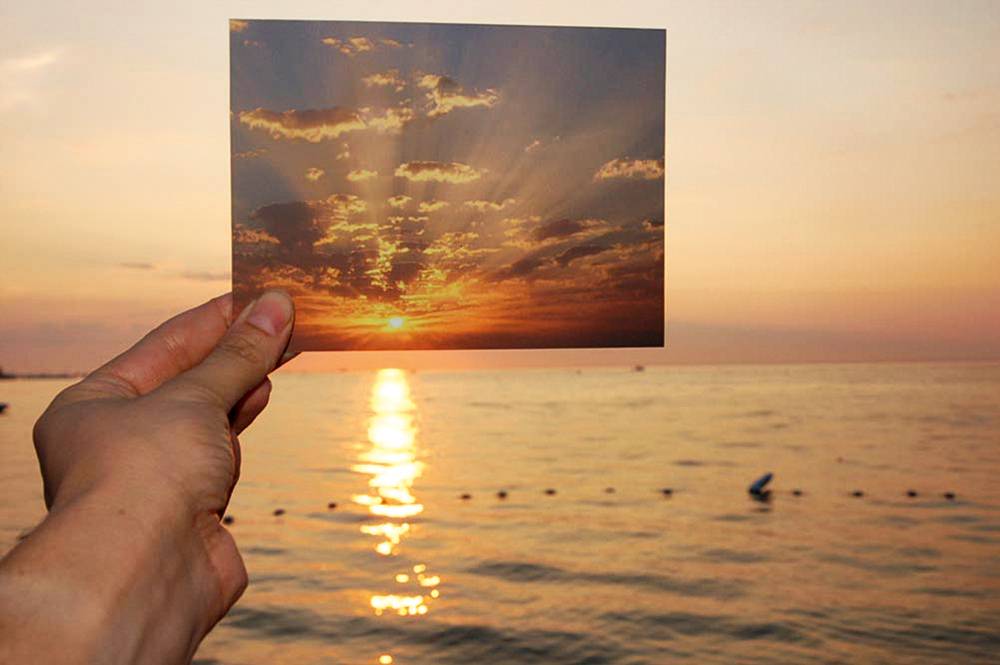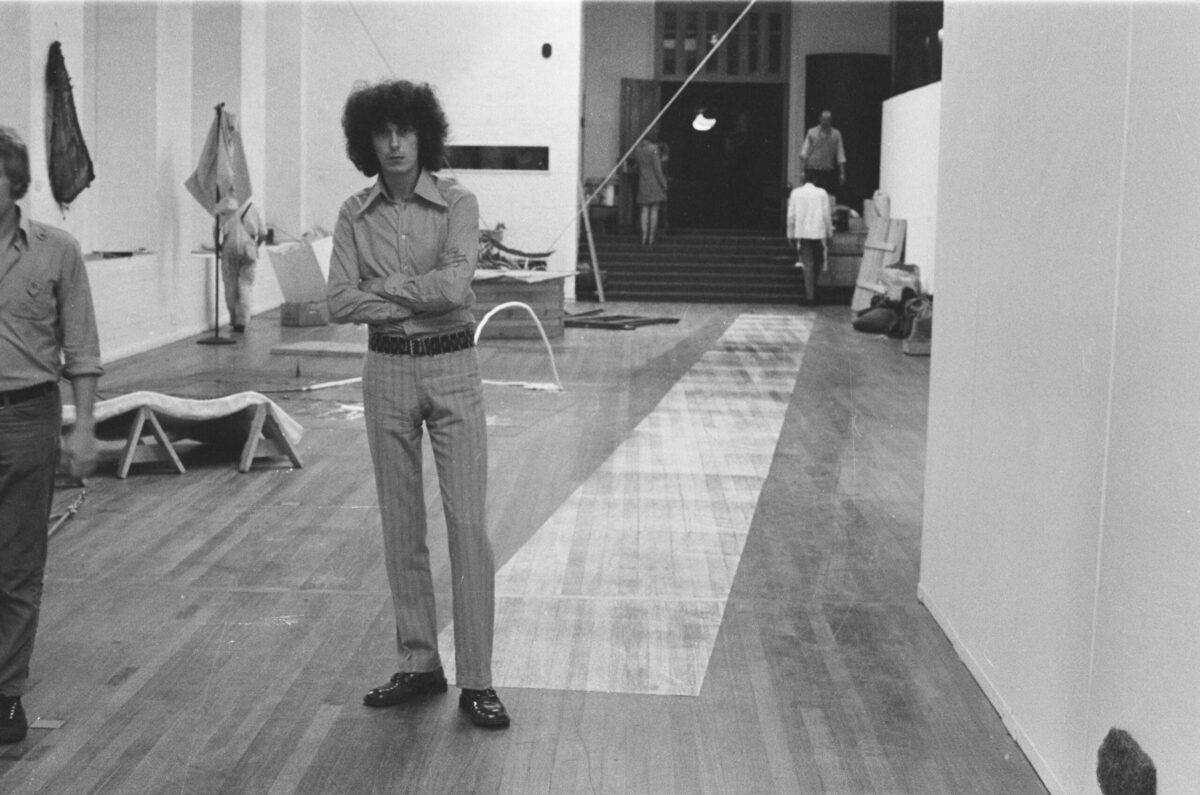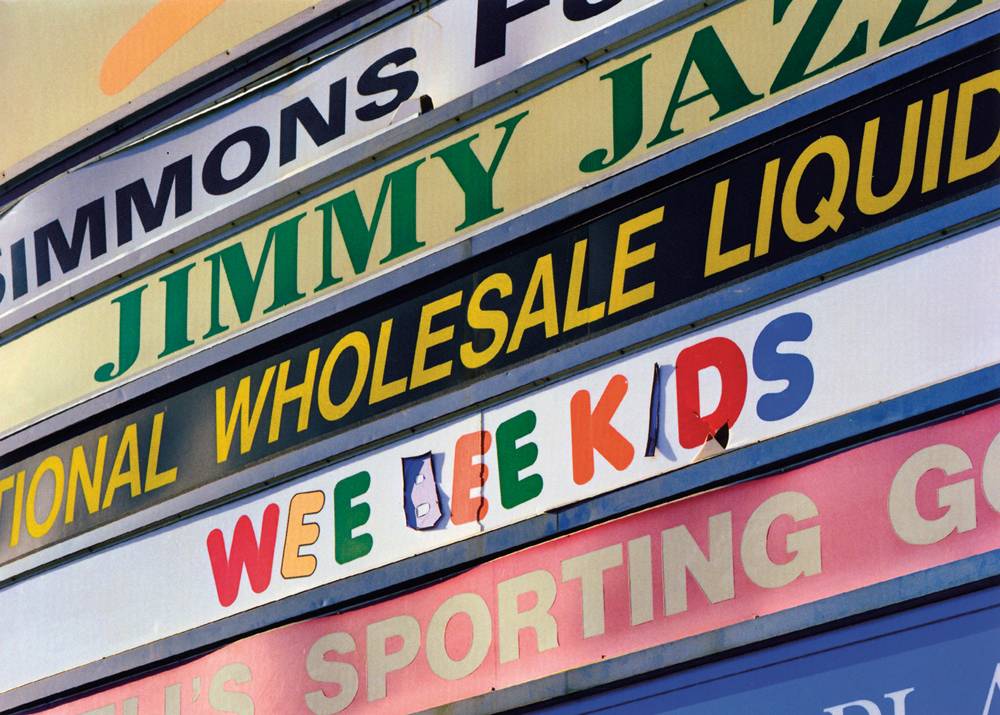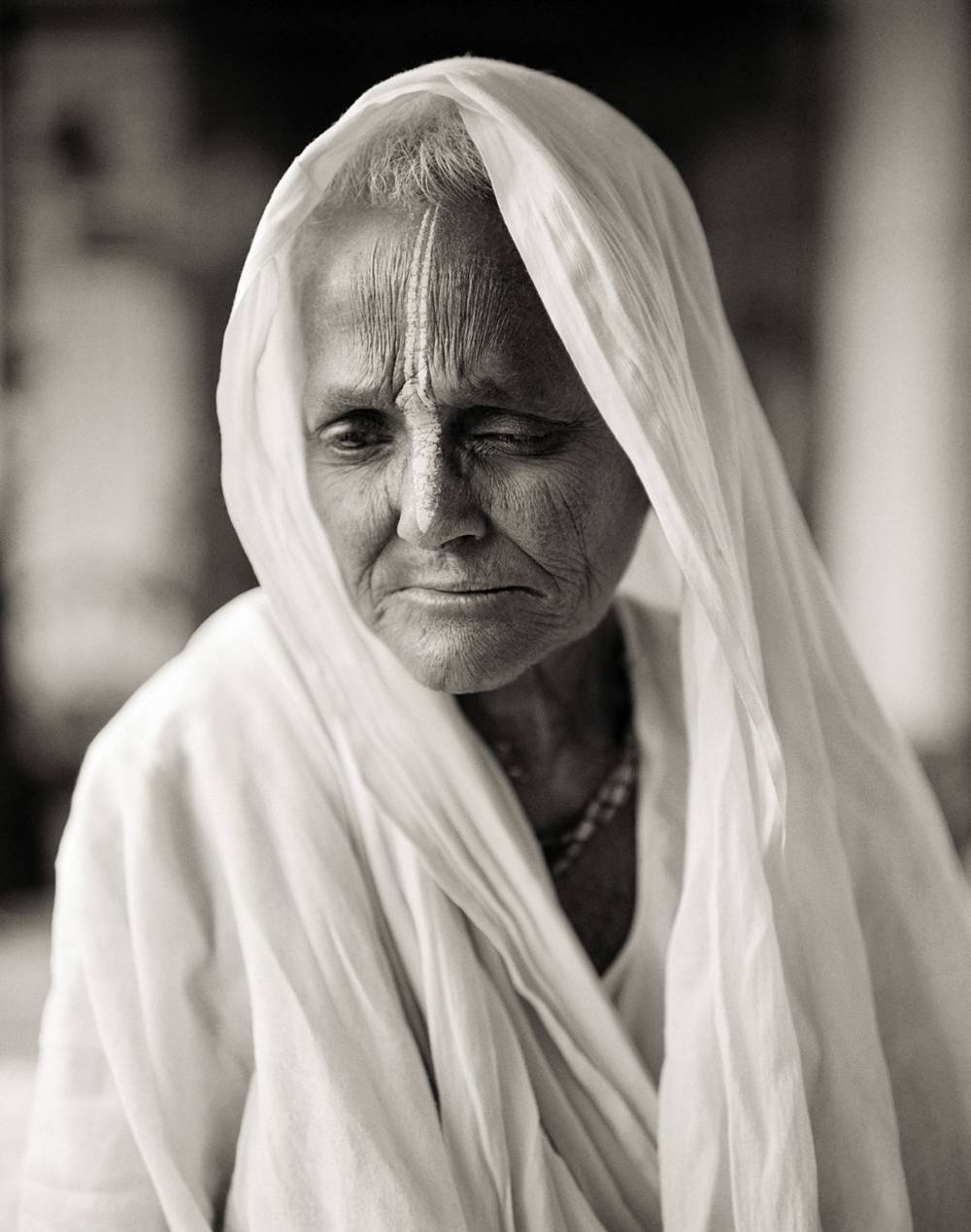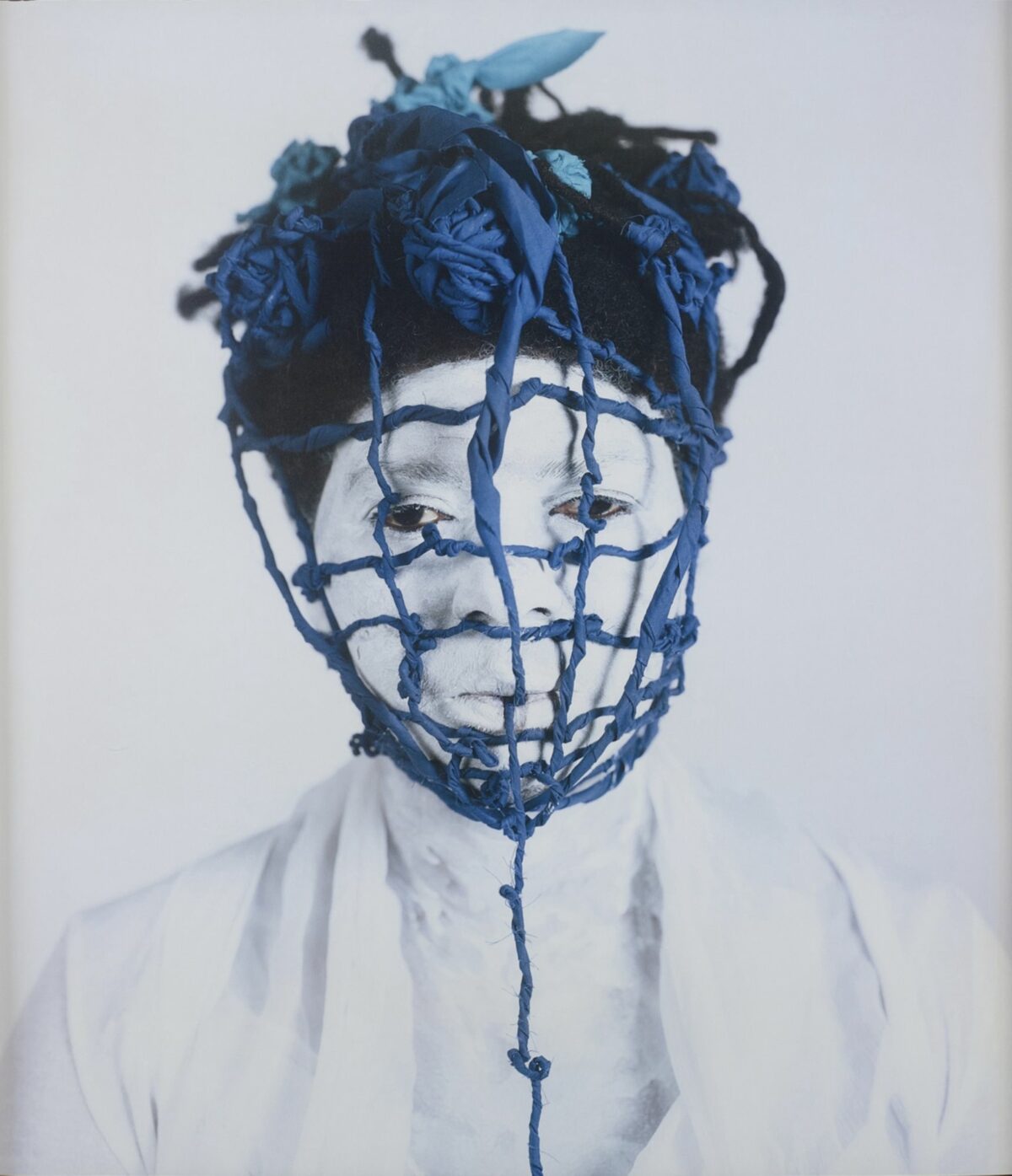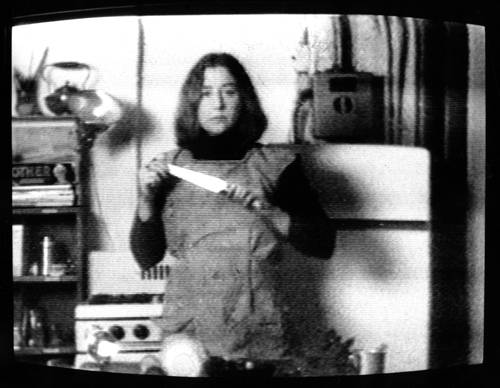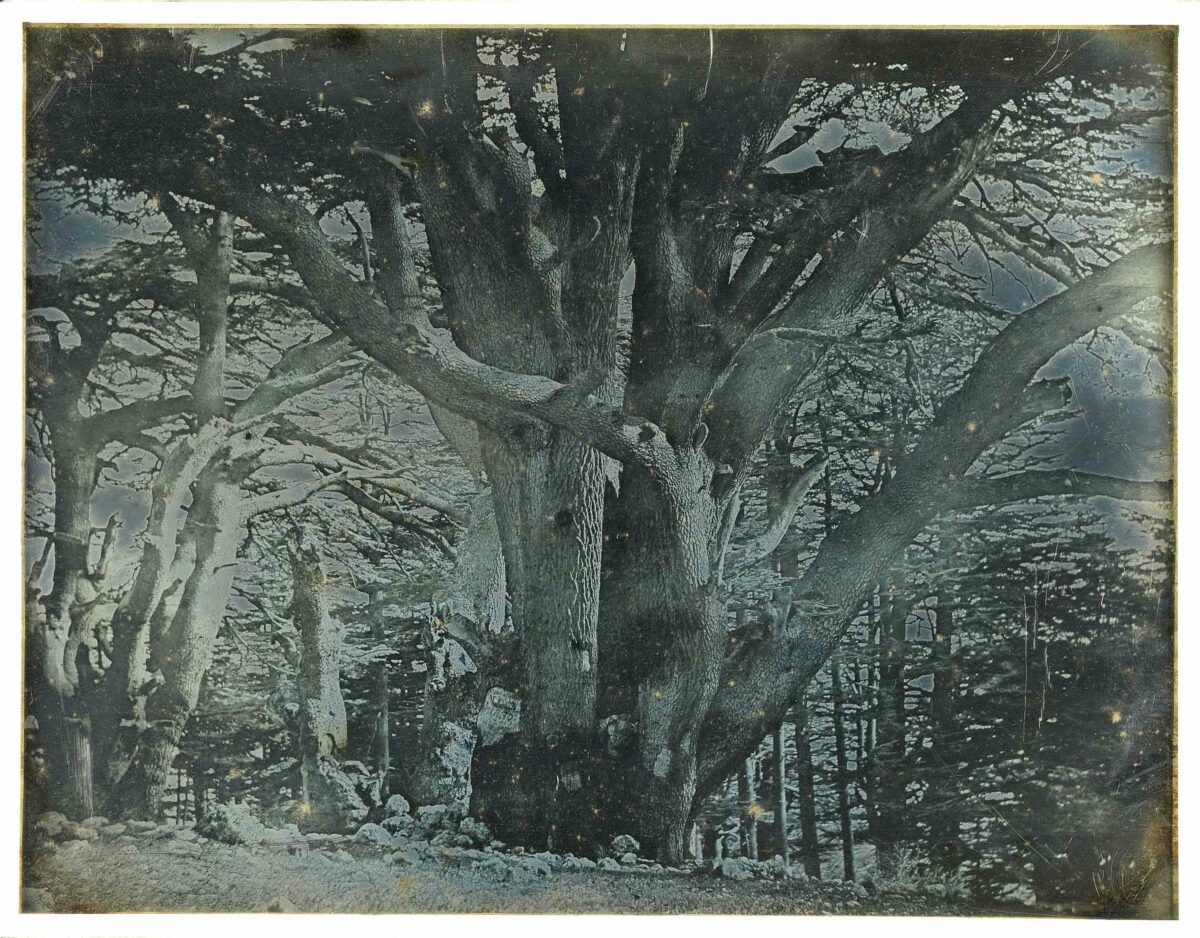I was on the jury that selected the short list for this year’s Paris Photo Aperture Foundation photobook prizes; winners in First Book and Book of the Year categories will be chosen and announced during the fair in November. In a happy (if exhausting) coincidence, the jury met on the same day that New York’s Art Book Fair opened at MoMA PS1, resulting in an OD of printed matter that I’m still recovering from. Needless to say, there was a lot of crossover between the two events; many of the books under consideration at Aperture were also available for sale at the book fair, including a number of the short-listed titles. Of these, Adam Broomberg and Oliver Chanarin’s Holy Bible (Mack/AMC), whose first printing sold out almost instantly, was the one I was most determined to score. The book’s format is similar to War Primer 2, the Broomberg & Chanarin entry in MoMA’s current New Photography roundup. (The 2013 show is the first to include a publication.) In both cases, the collaborative team inserted pictures into an appropriated book, but claiming space in Bertolt Brecht’s 1955 War Primer isn’t quite as audacious as turning the classic King James version of the Bible, with its gilt-edged pages and red ribbon page marker, into a scrapbook.Holy Bible is a collaboration with the Archive of Modern Conflict, the London-based repository for all things visual and the source of the hundreds of borrowed images here. The subjects of those pictures include concentration camps, crime scenes, magic tricks, mass demonstrations, a bird‘s nest, suicide bombers, and various explosions, each of which has been placed near a text underlined in red. (In one pointed juxtaposition, a news photo of the exploding World Trade Center appears opposite a phrase that reads “victory over the beast, and over his image.”) “Divine Violence,” an essay as epilogue, provides a key to the project’s theme, noting that, throughout the Bible, God manifests himself in the form of catastrophic events. With this idea as their springboard, Broomberg & Chanarin examine the ways we visualize (and trivialize) violence, catastrophe, life, and death in a context that could not be more charged or more provocative.
Among the other short-listed books that turned up at the fair: Dalston Anatomy(Jibijana/SBPH Editions), Lorenzo Vitturi’s carnival-style celebration of the Caribbean and African customers and produce at London’s Ridley Road Market. Nearly three years of daily visits to the market have resulted in a number of portraits (many of them collaged and re-photographed), but Vitturi’s most inventive creations are the marvelously precarious table-top sculptures he makes from fruit, vegetables, cured meat, and random objects gathered from the stalls. Although his pictures of these funky constructions recall Fischli & Weiss’s equally antic assemblages, there’s no competition when it comes to high-wire daring and exuberance. Iris Garden (Little Brown Mushroom), an unbound book that combines John Cage’s brief, deceptively casual texts with photographs by William Gedney, has a quieter, subtler charm. New, typically understated and soulful pictures by Gedney (chosen by Alec Soth) are the main attraction for me, but he turns out to be an ideal companion to Cage, and the book folds them together on pages that can be rearranged following Cage’s favorite method: chance.
Finally, for those of us who can never get enough of September issues, the British artist and designer Paul Elliman interprets fashion’s annual doorstop as pure (and impure) image. His Untitled (September issue) (Vanity Press/Roma) is a huge compendium of appropriated, radically cropped bodies, both clothed and naked, all printed full-bleed for maximum impact. It’s the ultimate anti-fashion magazine: brilliant, unnerving, exciting, relentless.



